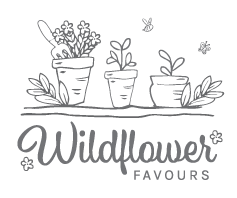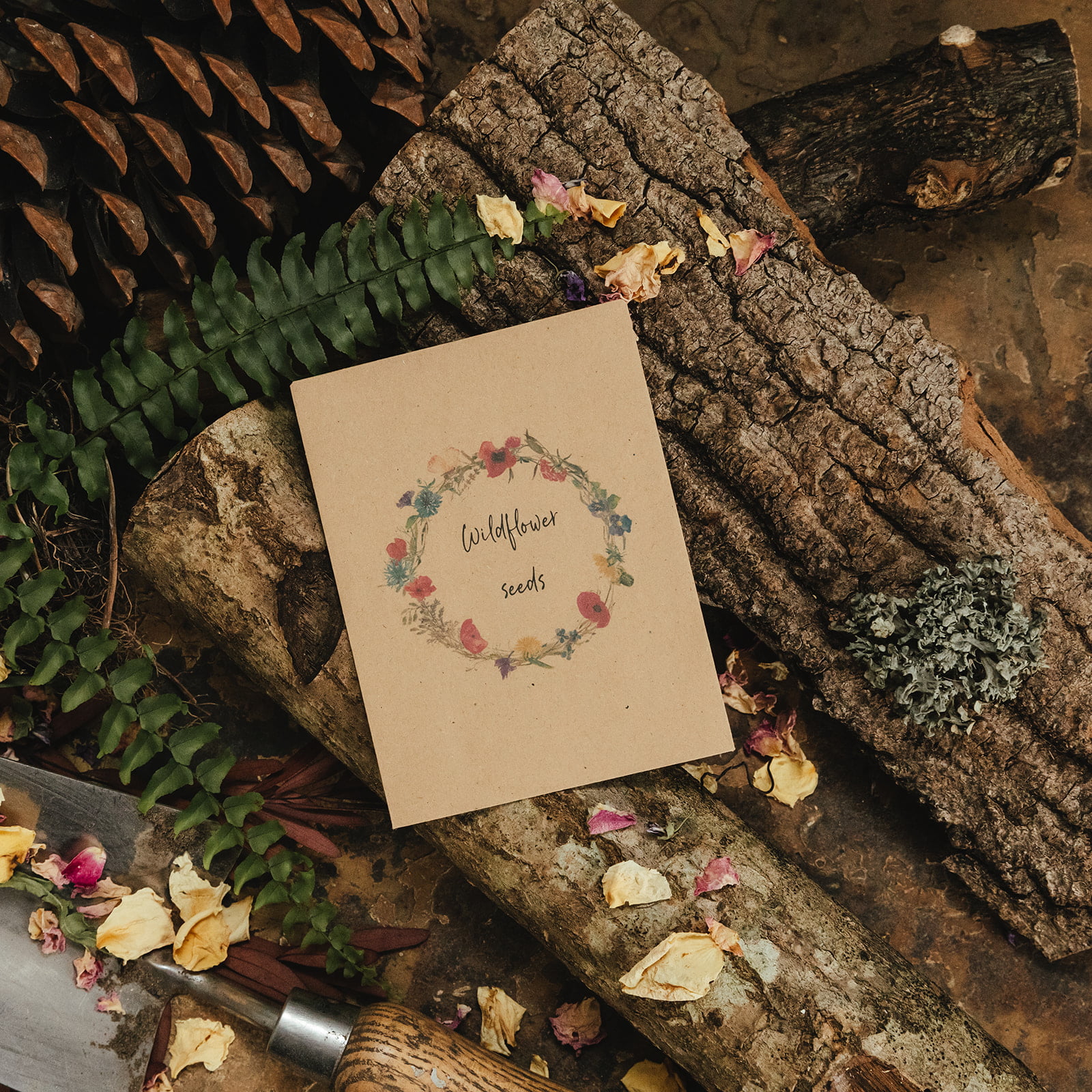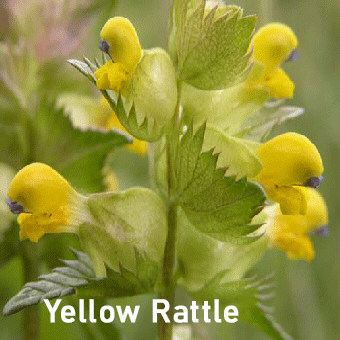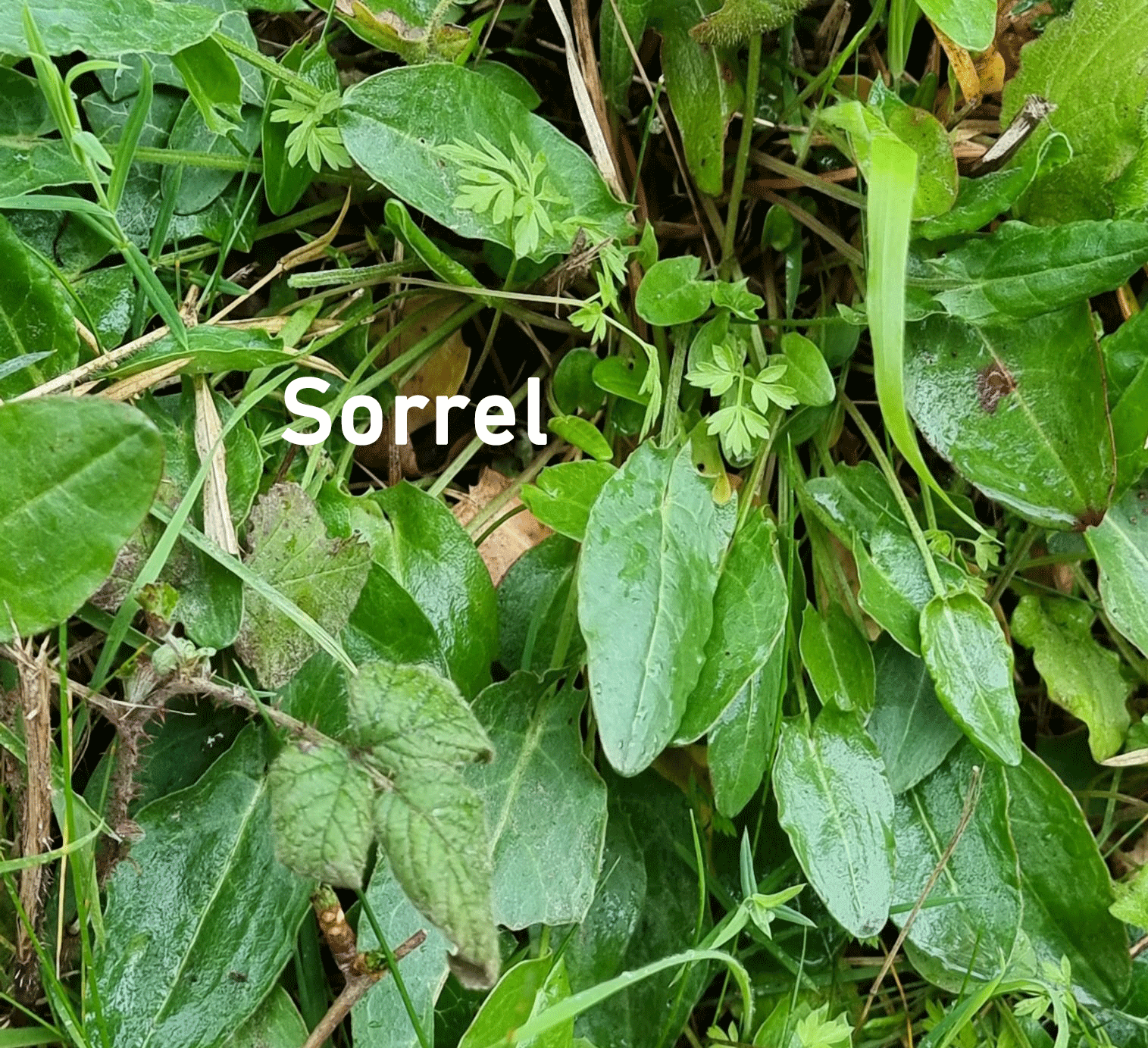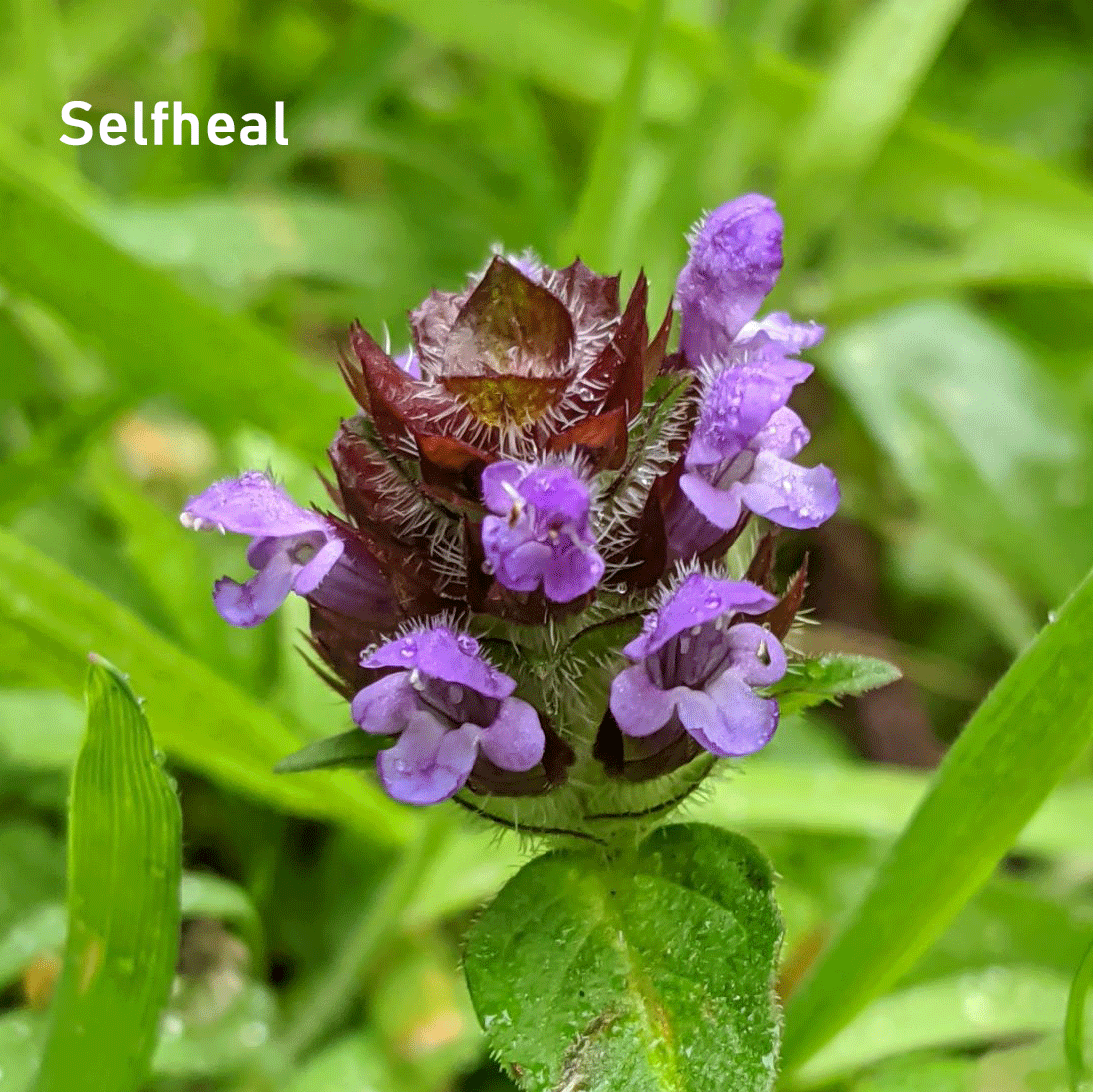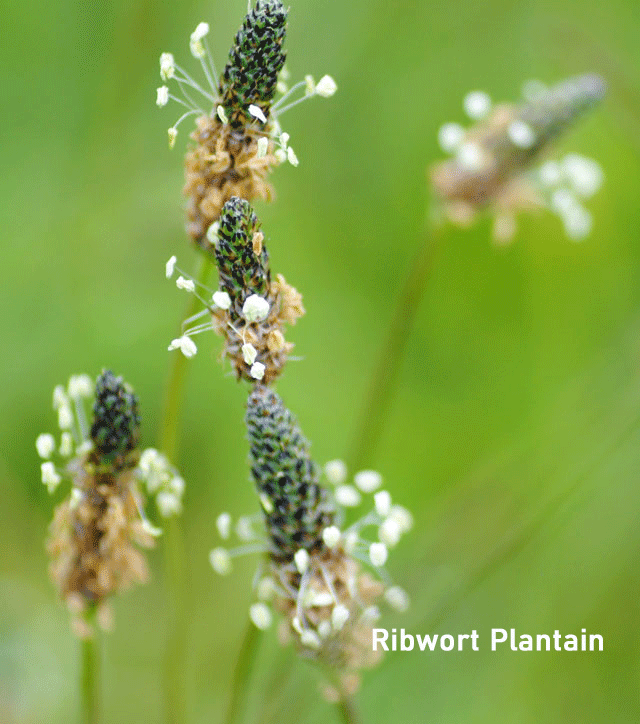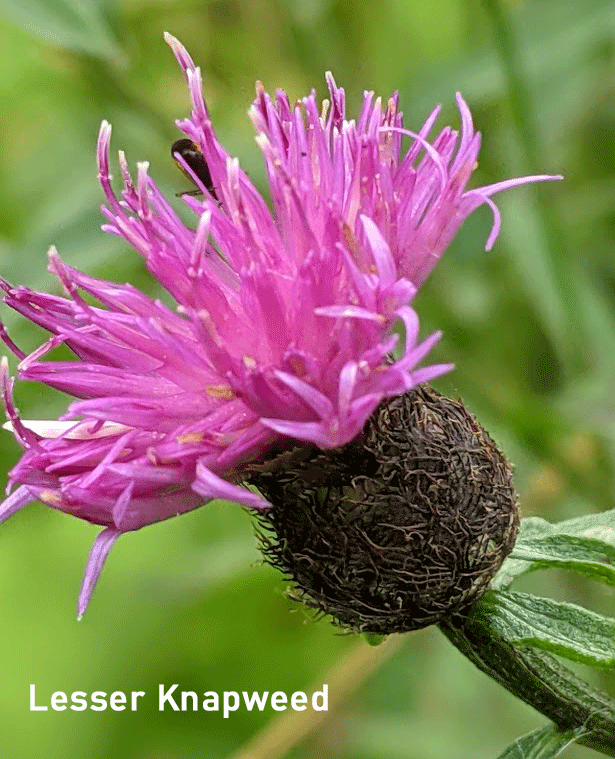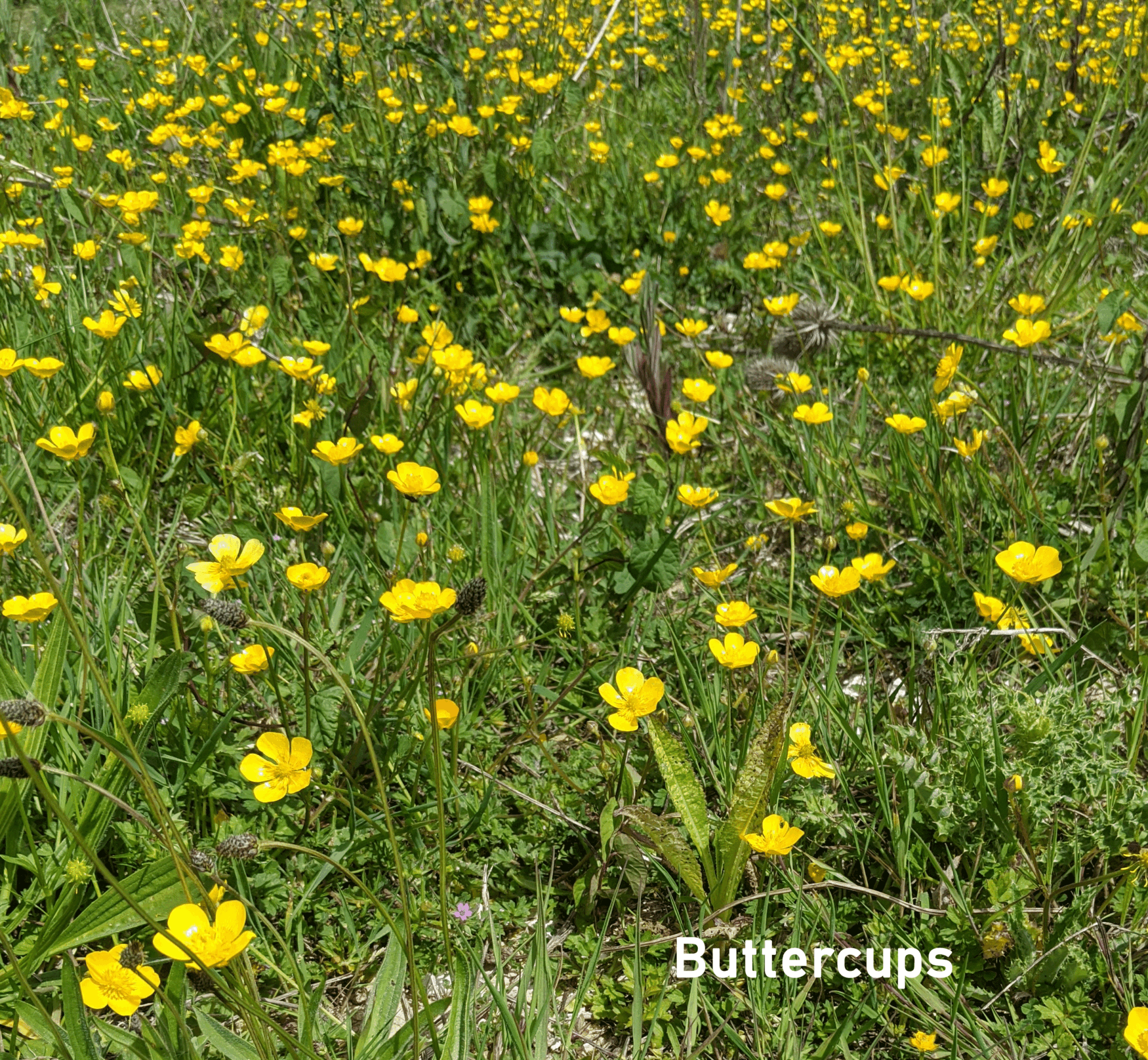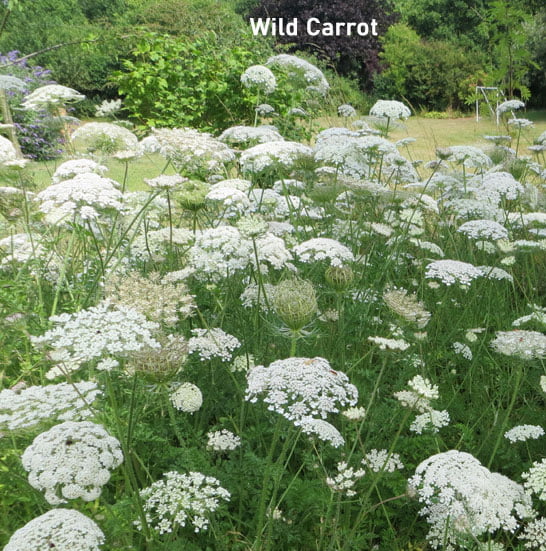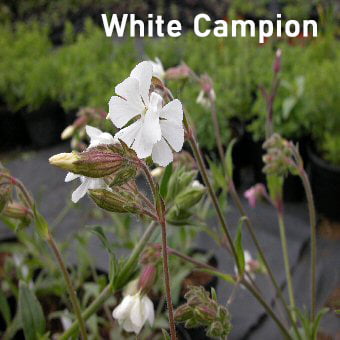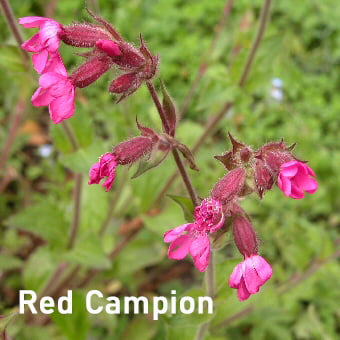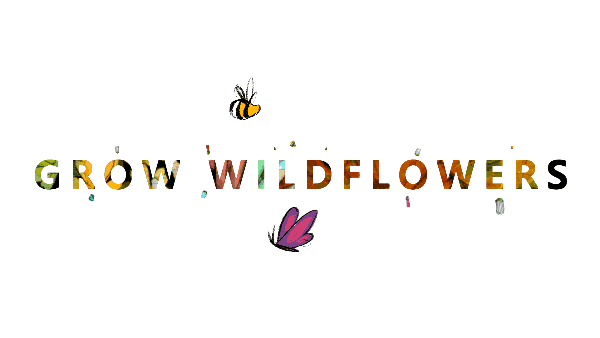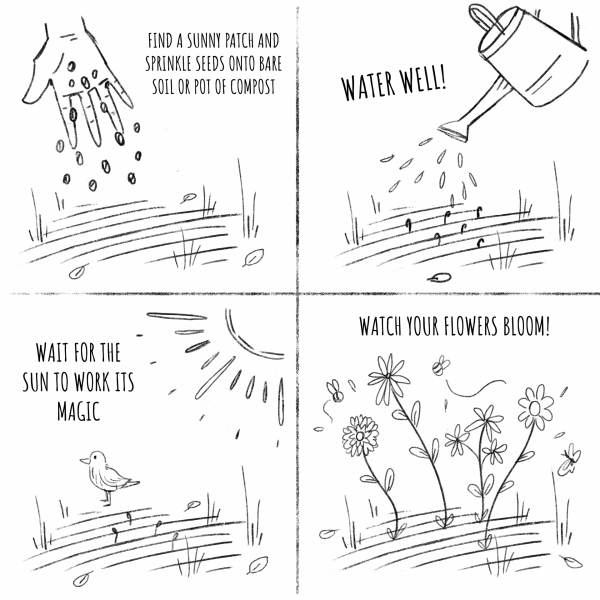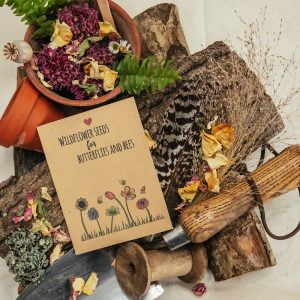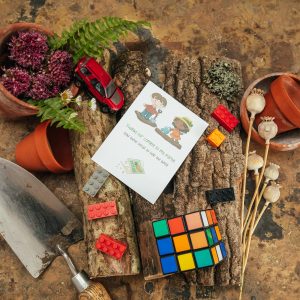Description
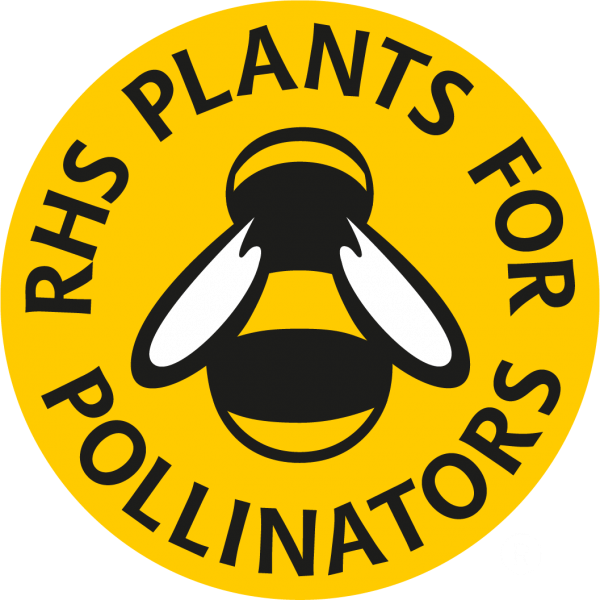 This is a very versatile packet of seeds! Its pretty, neutral design with no personalisation makes it perfect for any occasion – wedding, funeral, promotional giveaway, party and so on. It is completely recycled and recyclable, being made of recycled paper and with the seeds inside in a paper sachet (not foil and plastic). The seeds inside are easy to sow and will flower year after year. The wildflowers they produce are perfect for butterflies, bees, moths and all sorts of other bugs!
This is a very versatile packet of seeds! Its pretty, neutral design with no personalisation makes it perfect for any occasion – wedding, funeral, promotional giveaway, party and so on. It is completely recycled and recyclable, being made of recycled paper and with the seeds inside in a paper sachet (not foil and plastic). The seeds inside are easy to sow and will flower year after year. The wildflowers they produce are perfect for butterflies, bees, moths and all sorts of other bugs!
If you are not planning to use the seeds straightaway, they will keep for a few years – just store them somewhere cool and dry out of direct sunlight.
We can also add a logo if you wish to use these seed packets for business purposes.

About the Seeds
There are 15 species of wildflower in this mix, although not every packet may have all 15, due to seed distribution. The seeds are grown in the UK and are UK species only – all of them are amazing for insects! Seed content is as follows:
Yarrow, Lesser Knapweed, Wild Carrot, Ladies Bedstraw, Rough Hawkbit, Ox-eye Daisy, Ribwort Plantain, Cowslip, Selfheal, Meadow Buttercup, Yellow Rattle, Sorrel, Salad Burnet, White Campion and Red Campion.

